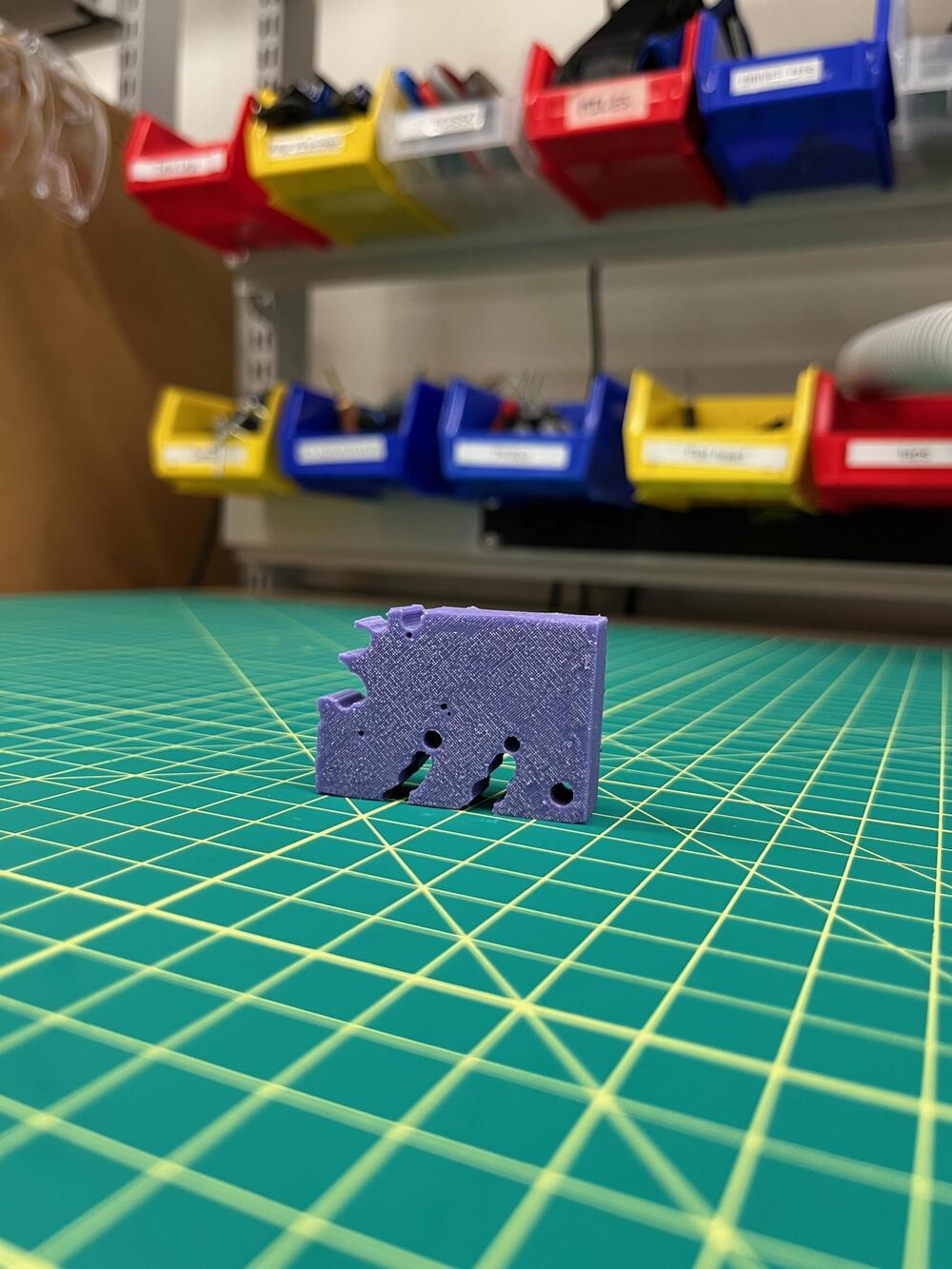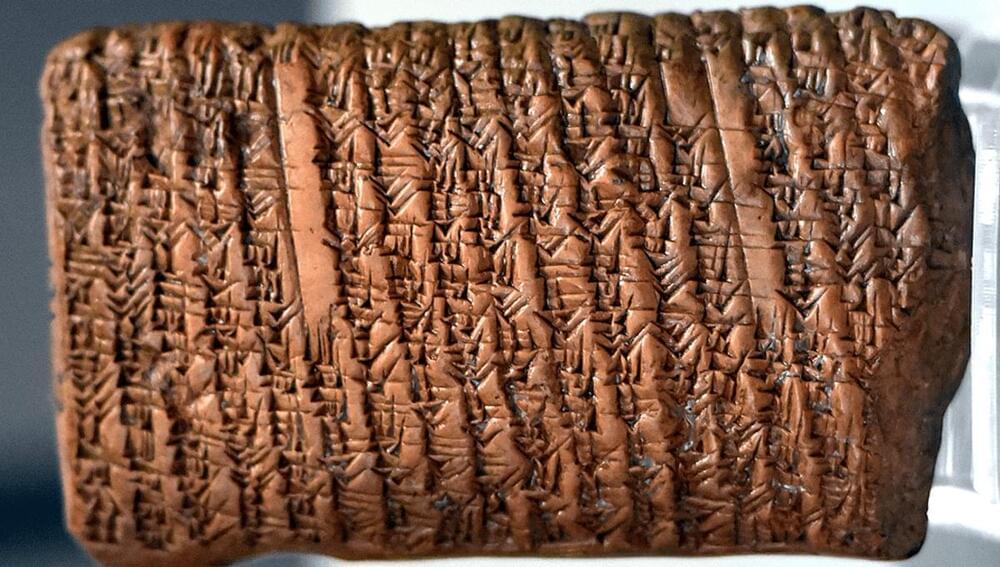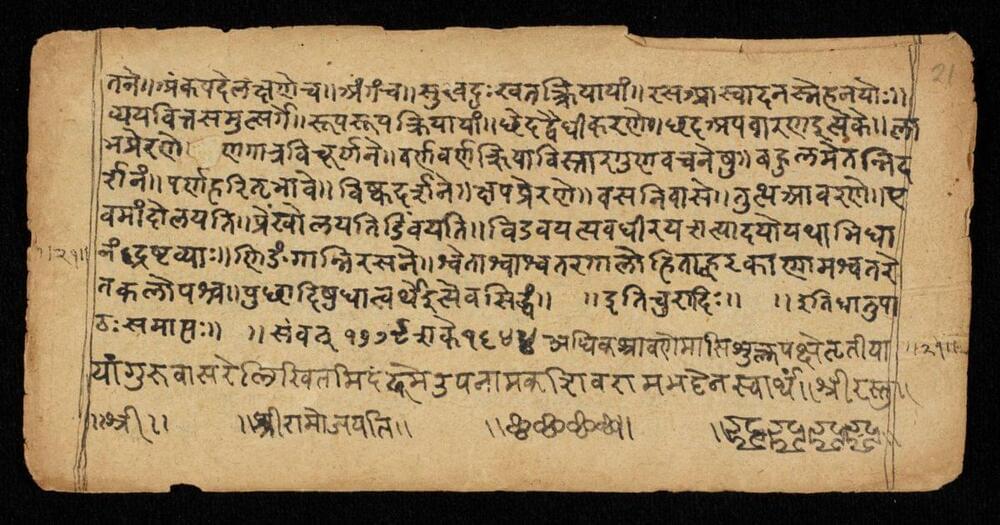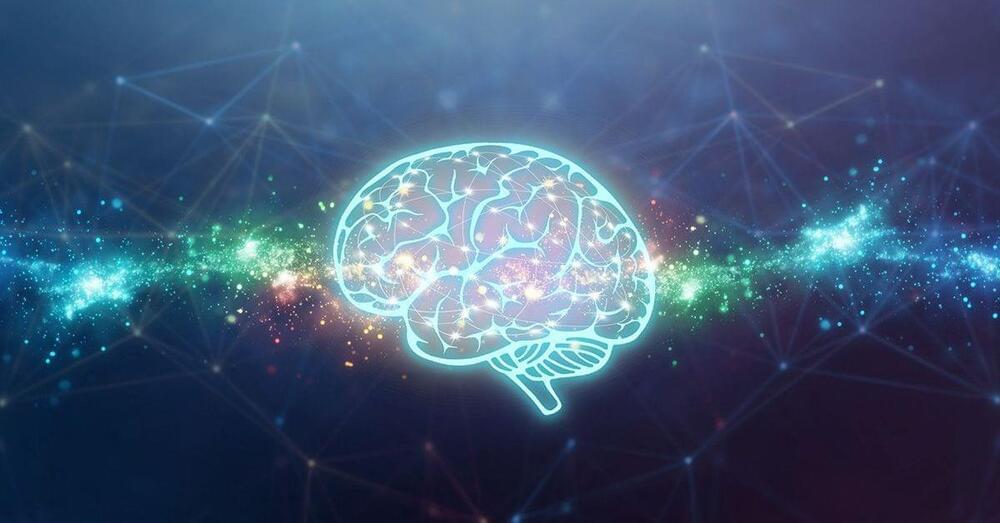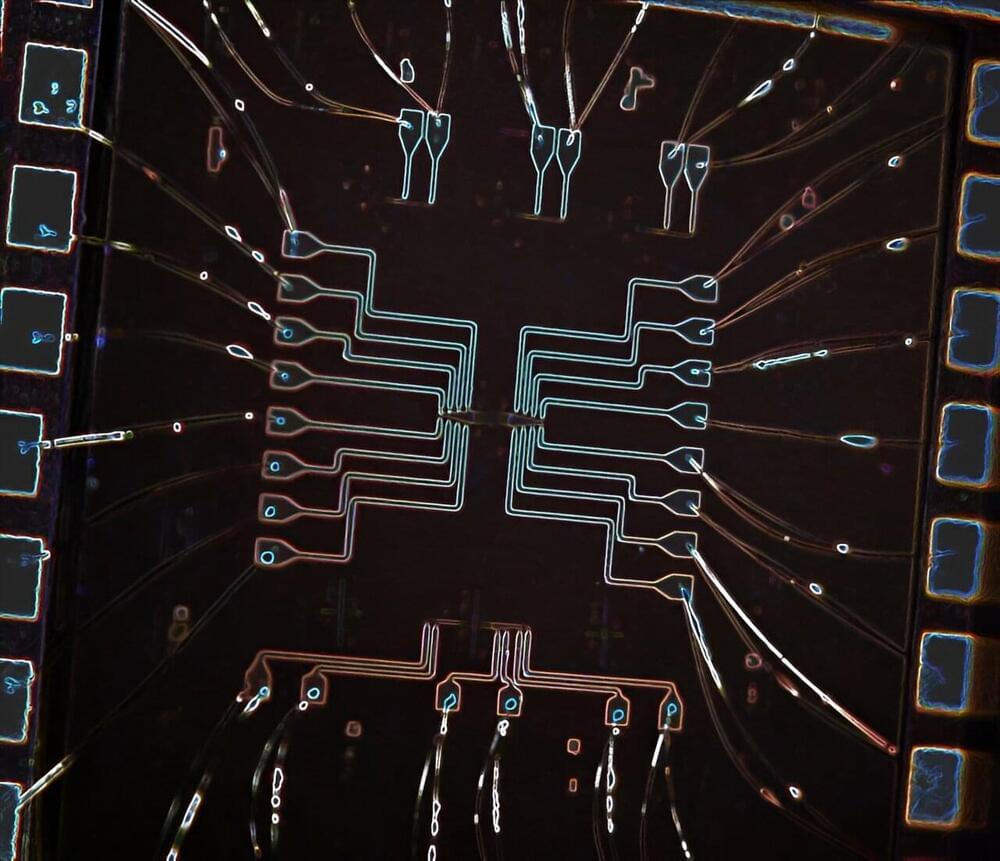Oct 2, 2023
Instant evolution: AI designs new robot from scratch in seconds
Posted by Saúl Morales Rodriguéz in categories: information science, robotics/AI, supercomputing
A team led by Northwestern University researchers has developed the first artificial intelligence (AI) to date that can intelligently design robots from scratch.
To test the new AI, the researchers gave the system a simple prompt: Design a robot that can walk across a flat surface. While it took nature billions of years to evolve the first walking species, the new algorithm compressed evolution to lightning speed—designing a successfully walking robot in mere seconds.
But the AI program is not just fast. It also runs on a lightweight personal computer and designs wholly novel structures from scratch. This stands in sharp contrast to other AI systems, which often require energy-hungry supercomputers and colossally large datasets. And even after crunching all that data, those systems are tethered to the constraints of human creativity—only mimicking humans’ past works without an ability to generate new ideas.
